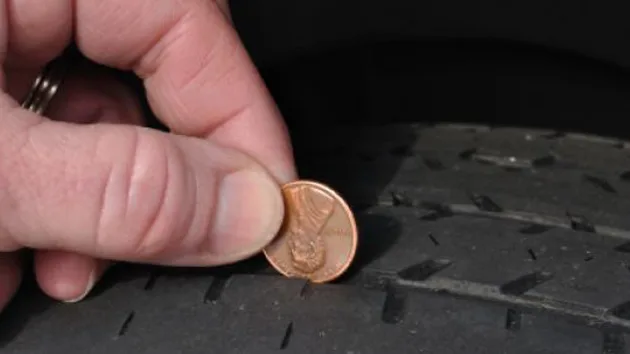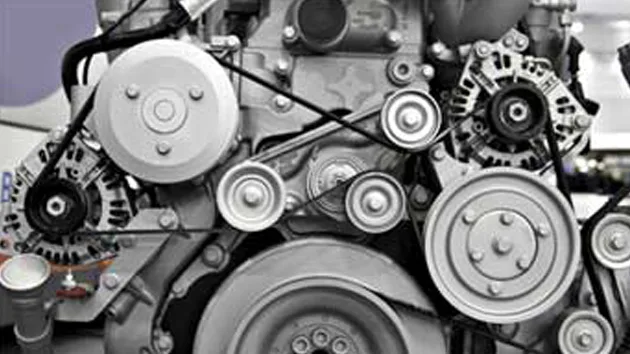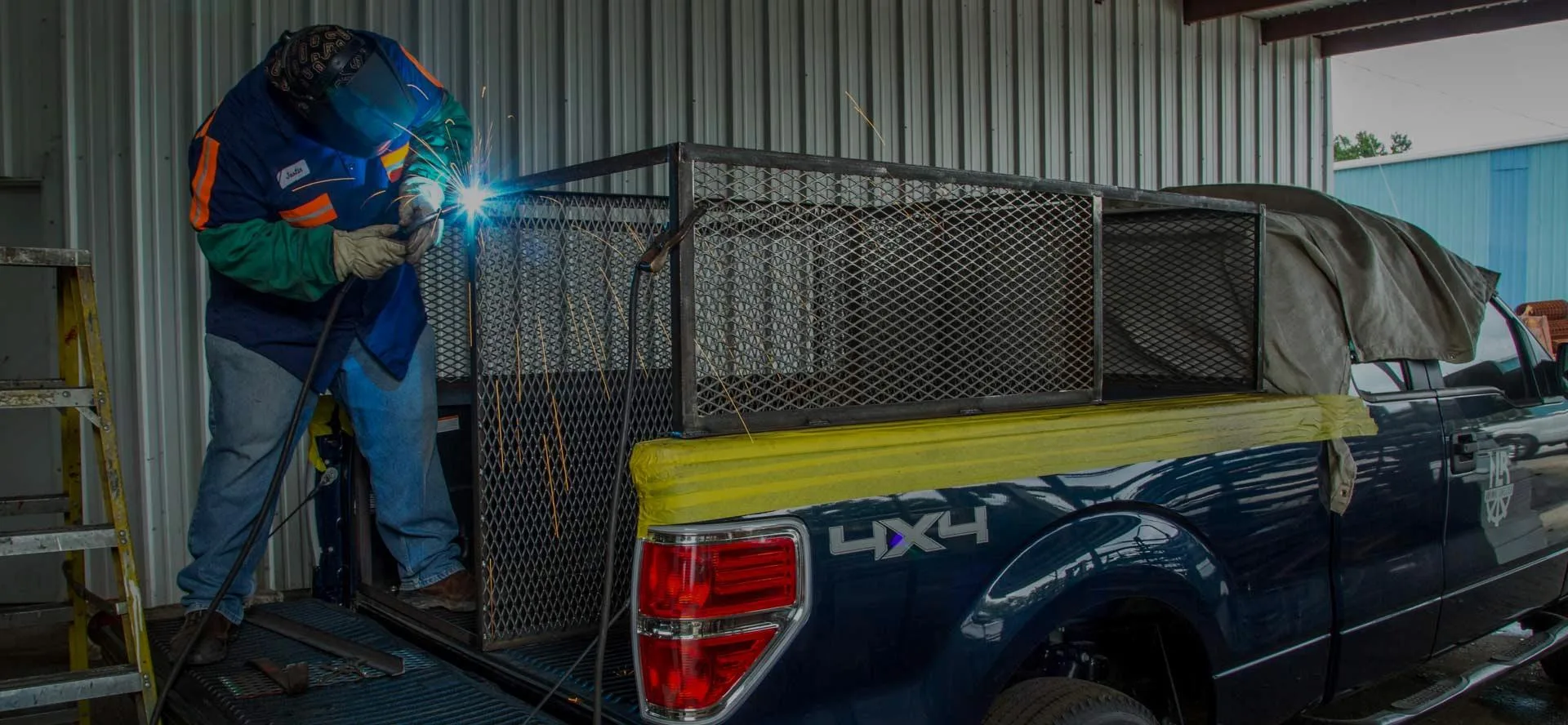With a city fleet of over 700 vehicles, Vehicle Maintenance is charged with keeping them all up and running. From oil changes to major repairs, they keep the vehicles on the road.
MISSION STATEMENT
To repair, outfit, and maintain the 700 plus vehicles in the city fleet.
SERVICES PROVIDED
Vehicle Maintenance provides vehicle repairs, installing tires, tune-ups, oil changes, and general maintenance. There are two welders, three service bay workers, five mechanics, one lead mechanic, and one parts inventory clerk. Vehicle maintenance is responsible for maintaining over 700 city vehicles. They do over 400 work orders each month. That’s about 1700 oil changes every year.
Tips
WHEELS AND TIRES

Rotate your tires!
Every 5,000 miles, rotate your tires.
Clean brake dust off regularly
Brake dust contains all sorts of nasty stuff. If you leave it too long, the combination of road grime, moisture and heat from your brakes will bake it on to your wheels . Brake dust normally clings to wheels with static electricity so a damp sponge and clean cold water is the best way to get it off.
Check your tire pressures
Check your tire pressures regularly – once a week is ideal. Bad tire pressures can affect fuel economy, handling and comfort. It’s easy to do and there is no excuse not to.
Check your tread depth
Bald, slick tires might be good for motor racing but they’re no good on the road. Most tires come with tread wear bars built into them now – find one, examine it and if your tread is too low, replace your tires. Four new tires might seem expensive but they’re cheaper than a fine or an accident.
ENGINE

Check your belts
At the front of your engine there will be a series of rubber drive belts that loop around various pulleys, driving everything from the alternator to the a/c compressor. Rubber perishes, more so in extreme conditions like those found in an operating engine bay. Get your timing belt and accessory drive belt checked every 25,000 miles, preferably replacing it every 50,000 miles. See the Fuel and Engine part of your owner’s manual for information on interference engines and why checking your timing belts is a necessity, not a luxury.
Fuel Economy
Check your tire pressures regularly – once a week is ideal. Bad tire pressures can affect fuel economy very noticeably. It’s easy to do and there is no excuse not to.
CHECKING YOUR OIL LEVEL

This is something everyone can do – it’s quick and easy and it’ll tell you if your engine needs oil. If the oil is too high or too low, it can cause trouble for your engine. To check the oil, park on level ground and wait until the engine has cooled down after driving, then locate the dipstick. Pull it out and wipe it clean, then push it all the way back in until the top of it is seated properly in the dip tube again. Wait a moment then pull it out again. Check the level of the oil. If it’s between the high and low marks, you’re fine. (If it’s too low, add a little.) The high and low marks can be denoted by two dots, an “H” and “L” or a shaded area on the dipstick. The first time you pull the dipstick out, it will have oil all over it and it will be difficult to tell where the level is. That’s why you need to wipe it on a rag to get a clean dipstick, then dip it back into the oil to get a good reading.
CONTACT

Kenny Brock – Director
500 W. 13th St.
North Little Rock, AR 72114
Office Hours: Monday – Friday, 8 a.m. to 4:30 p.m.
Phone: (501) 340-5371
Fax: (501) 340-5396
Email: NLRGarage@nlr.ar.gov

